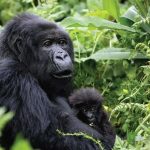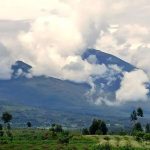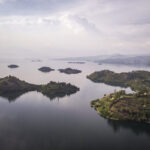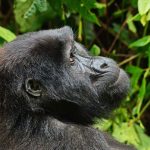Tanzania is a diverse country with varying weather patterns in different regions. The best time to visit Tanzania largely depends on the activities you plan to engage in during your trip.
Generally, Tanzania has two main seasons: the dry season (June-October) and the wet season (November-May).
The best time to go on a wildlife safari in Tanzania, especially in the northern parks like Serengeti, Ngorongoro Crater, and Tarangire, is during the dry season from June to October.
This is when the grass is short, water sources are scarce, and animals gather around rivers and waterholes making them easier to spot. During this time, the weather is also cooler and drier, making it more comfortable for outdoor activities.

If you are interested in seeing the Great Migration of wildebeest and zebras, the best time to visit Tanzania is between June and August.
The wet season (November-May), however, is a good time for bird watching, as many migratory birds arrive in Tanzania during this time. It is also the best time to visit Tanzania’s southern parks, such as Selous Game Reserve and Ruaha National Park, as they become more accessible due to the rain.
The best time to climb Mount Kilimanjaro is from late June to October, or from January to February when the weather is dry and visibility is good.
For beach vacations, the best time to visit is during the dry season, from June to October, when the weather is warm and dry. The coastal areas of Tanzania, including Zanzibar, have a tropical climate with two rainy seasons (April to May and November to December).
The best time to visit for cultural tours is during the dry season, from June to October. Many cultural festivals take place during this time, including the Mwaka Kogwa festival in Zanzibar.
Tanzania has a rich cultural heritage, and there are many opportunities to visit traditional villages and learn about local customs and traditions.
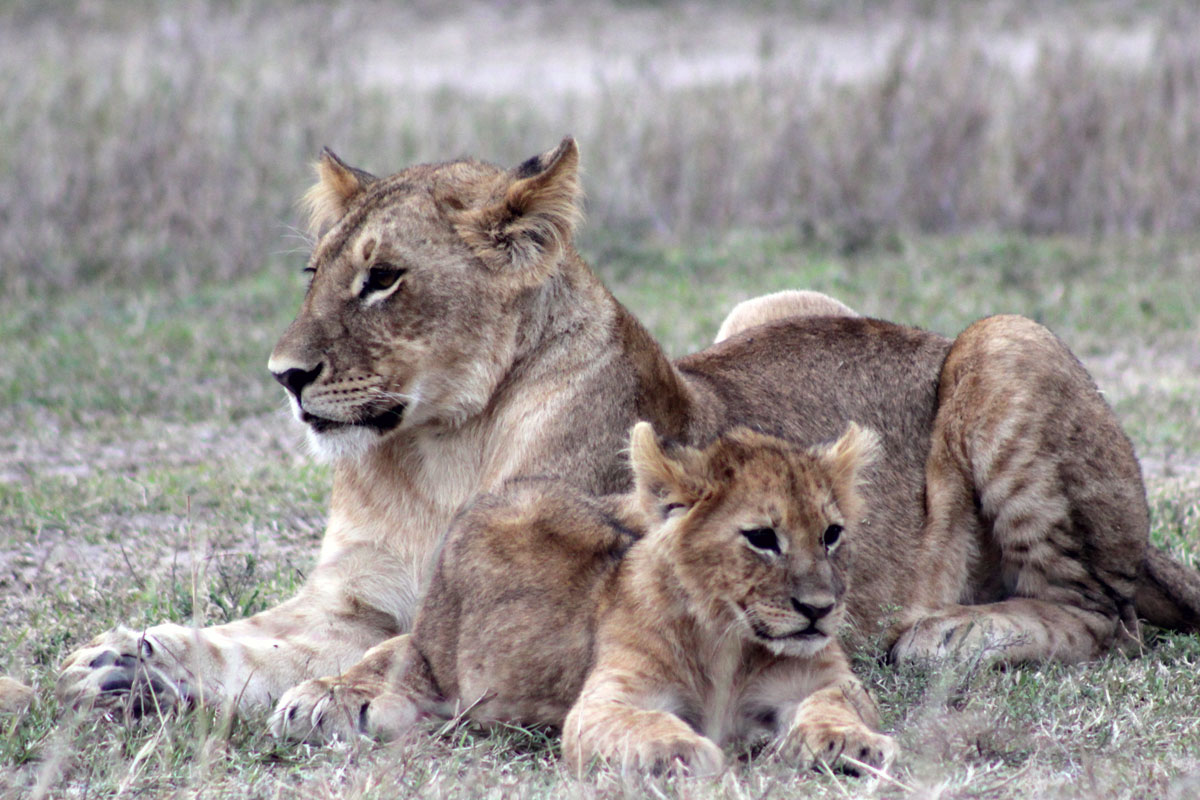
The climate of Tanzania
Tanzania has a tropical climate, with distinct wet and dry seasons. The country is located just south of the equator, which means that temperatures remain fairly constant throughout the year.
However, the country’s climate is also influenced by altitude, and there are significant regional variations in temperature and rainfall patterns.
The coastal areas of Tanzania are hot and humid, with average temperatures ranging from 25 to 30 degrees Celsius (77 to 86 degrees Fahrenheit) throughout the year. The coastal regions also receive high amounts of rainfall, particularly during the wet season between March and May, and the short rains between October and December.
Inland, the climate becomes more arid, with temperatures that can reach up to 40 degrees Celsius (104 degrees Fahrenheit) during the day. The central plateau experiences a semi-arid climate, with dry and hot weather for much of the year. The rainy season in the central and northern regions of Tanzania runs from November to April.
The highland areas of Tanzania, such as Mount Kilimanjaro, have a cooler climate due to their higher altitude. The temperatures in these regions can fall below freezing, particularly at night. The highland regions also receive more rainfall than the lower-lying areas, and the wet season lasts from March to May, with a shorter rainy season from October to December.
Climate of Tanzania by Month
1. January
This is typically the warmest month of the year in Tanzania, with temperatures averaging around 28-30°C (82-86°F) in the coastal regions and 25-28°C (77-82°F) in the northern regions. The humidity is high and there may be some rain showers in the coastal areas, particularly towards the end of the month.
2. February
The weather in Tanzania remains hot and humid in February, with temperatures similar to those in January. There may be some rain showers in the coastal areas, but the northern regions are generally dry.
3. March
The rainy season begins in Tanzania in March, with heavy rainfall in many regions of the country. The northern regions may experience some rain, but the coastal areas tend to be drier during this time.
4. April
The rainy season continues in Tanzania, with heavy rainfall in many regions of the country.
The Serengeti may experience some showers during this time, but the wildlife viewing is still good. Temperatures begin to cool down slightly, with averages of around 25°C (77°F) in the northern regions and 27°C (81°F) in the coastal areas.
5. May
The rainy season continues in Tanzania but begins to taper off towards the end of the month. The northern regions may experience some rain showers, but the coastal areas tend to be drier during this time.
Temperatures continue to cool down, with averages of around 23-25°C (73-77°F) in the northern regions and 25-27°C (77-81°F) in the coastal areas.
6. June
The dry season begins in Tanzania in June, with cool and dry weather in the northern regions of the country.
The southern regions may still experience some rain showers, but they taper off towards the end of the month. Temperatures average around 22-24°C (72-75°F) in the northern regions and 24-26°C (75-79°F) in the coastal areas.
7. July
The dry season continues in Tanzania in July, with cool and dry weather in many regions of the country. This is a popular time for wildlife viewing in the Serengeti, with temperatures averaging around 21-23°C (70-73°F) in the northern regions and 23-25°C (73-77°F) in the coastal areas.
8. august
The dry season continues in Tanzania, with cool and dry weather in many regions of the country. The wildebeest migration is in full swing in the Serengeti during this time, and temperatures average around 21-23°C (70-73°F) in the northern regions and 23-25°C (73-77°F) in the coastal areas.
9. September
The dry season continues, with warm and dry weather in many regions of the country. The wildlife viewing in the Serengeti is still good, and temperatures average around 23-25°C (73-77°F) in the northern regions and 25-27°C (77-81°F) in the coastal areas.
10. October
The dry season continues, with warm and dry weather in many regions of the country. The northern regions may begin to experience some rain showers towards the end of the month, but they are usually light.
Temperatures average around 23-25°C (73-77°F) in the northern regions and 25-27°C (77-81°F) in the coastal areas.
11. November
The short rainy season begins in Tanzania in November, with light to moderate rainfall in many regions of the country.
Temperatures begin to increase slightly, with averages of around 24-26°C (75-79°F) in the northern regions and 26- 28°C (79-82°F) in the coastal areas. The humidity is high during this time, particularly in the coastal regions.
12. December
The short rainy season continues in Tanzania in December, with light to moderate rainfall in many regions of the country.
The northern regions may experience some rain showers, but the wildlife viewing is still good. Temperatures begin to increase, with averages of around 26-28°C (79-82°F) in the northern regions and 28-30°C (82-86°F) in the coastal areas.
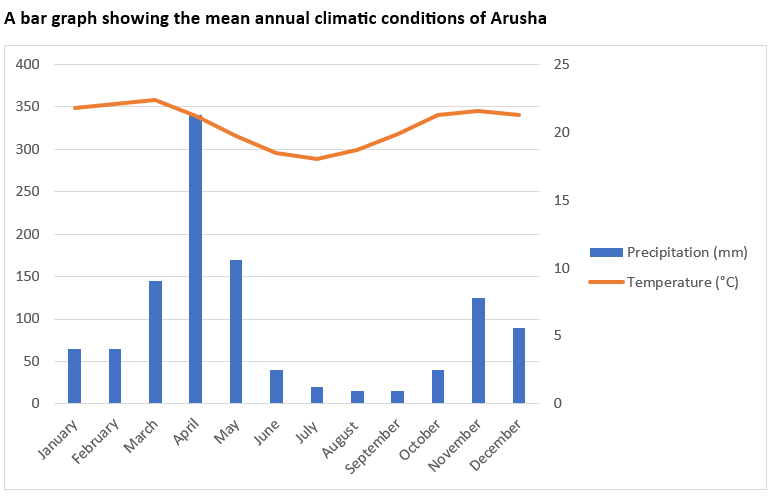
Zanzibar compared to the rest of Tanzania
The climate of Zanzibar is generally similar to the rest of Tanzania, with some differences due to its coastal location. Zanzibar experiences a tropical climate with high humidity and temperatures that are fairly consistent throughout the year.
The average temperature ranges from 25°C (77°F) to 30°C (86°F) with little variation between seasons.
One notable difference is that Zanzibar tends to have more rainfall than the mainland, particularly during the long rainy season from March to May and the short rainy season from October to December. This can make some parts of the island quite lush and green, but it can also mean that some activities like diving and snorkeling may be limited during these times.
In terms of the best time to visit Zanzibar, the dry season from June to October is generally considered the best time, as rainfall is minimal and the weather is dry and sunny. This is also a great time for diving and snorkeling, as the visibility in the water is generally excellent. However, the island can be quite crowded with tourists during this time.
The shoulder season from November to February can also be a good time to visit Zanzibar, as the weather is still warm and there is less tourist traffic. However, this period can also see occasional rain showers.
What to wear in Tanzania
What to wear in Tanzania will depend on the activities you plan to engage in and the areas you will be visiting. Here are some general tips:
Safari
If you’re going on a safari, it’s best to wear comfortable, loose-fitting clothing in neutral or earthy tones such as khaki, beige, or olive green. Long-sleeved shirts and pants will protect you from the sun, insects, and thorny bushes. It’s also essential to wear sturdy, closed-toe shoes for walking on rough terrain.
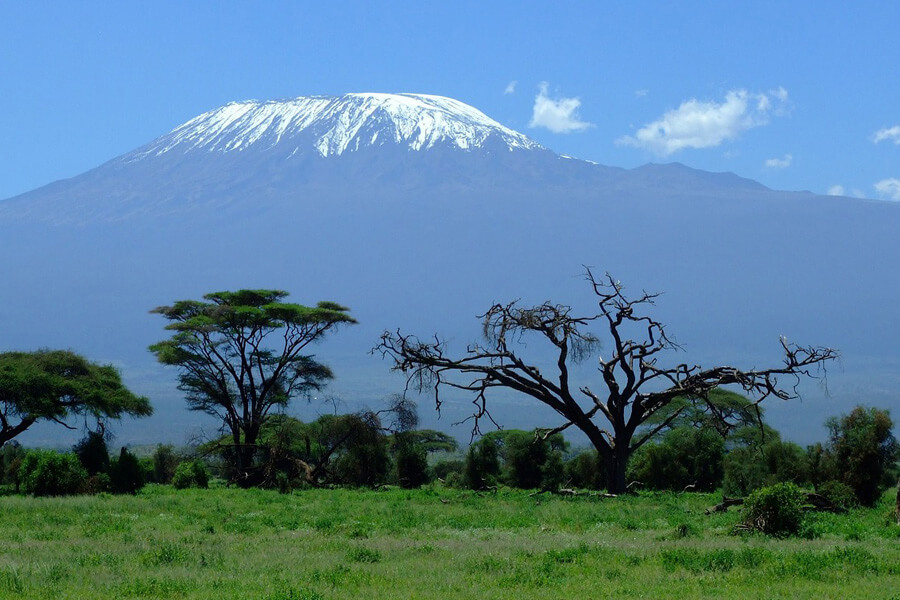
Hiking and Trekking
If you’re planning to climb Mount Kilimanjaro or any other hikes, you’ll need warm clothing for the cold temperatures at high altitudes. Dress in layers and bring a waterproof jacket and pants. Good-quality hiking boots are also a must.
Beaches
If you plan to visit the coast or Zanzibar Island, light, airy, and breathable clothing is ideal. Cotton, linen, or lightweight synthetic fabrics are recommended. Don’t forget your swimwear and beach sandals.
Religious and Cultural Sites
Tanzania has several religious and cultural sites, such as mosques, temples, and traditional villages. It’s best to dress modestly and respect local customs by covering your shoulders and knees.
Cities
If you plan to visit the cities, it’s best to dress modestly and respect local customs. Women should cover their shoulders and knees, and men should avoid wearing shorts in public places.
Tanzania is a warm and humid country, so lightweight, breathable clothing is best. Cotton or linen fabrics are good choices. Don’t forget to pack a rain jacket or poncho, as Tanzania can experience sudden rain showers even in the dry season.
Conclusion
In conclusion, Tanzania has a tropical climate with distinct wet and dry seasons. The dry season from June to October is generally considered the best time to visit for wildlife viewing, while the dry season from December to March is preferred for beach holidays and water activities. However, the rainy season can offer unique experiences such as lush vegetation and fewer tourists.
Zanzibar, a popular tourist destination in Tanzania, has a climate similar to the rest of the country but with more rainfall due to its coastal location. The best time to visit Zanzibar is during the dry season from June to October, with November to February being a good alternative for fewer crowds.
Related articles
- Tanzania visa requirements for tourists
- Comprehensive packing guide for visiting Tanzania
- Is Tanzania safe for tourists to visit






